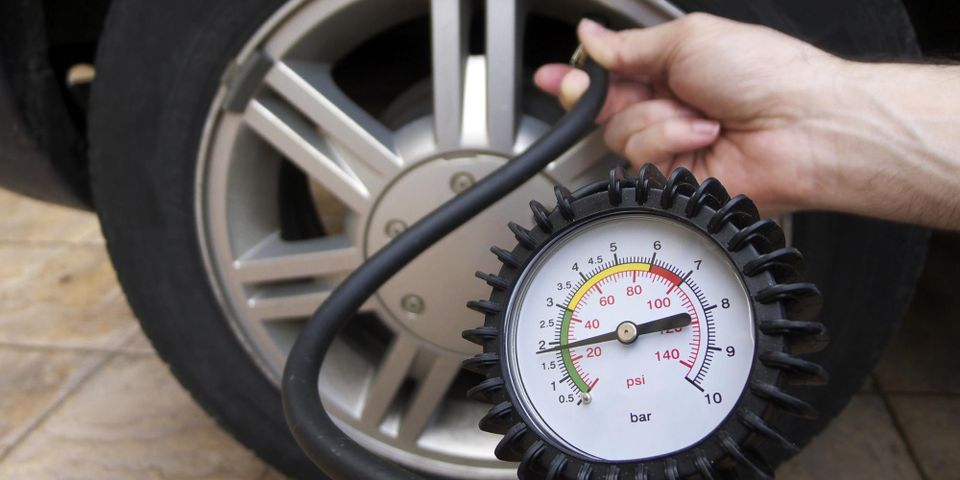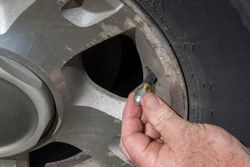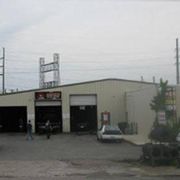
Car tires have set air pressure requirements designated by their manufacturers. Tires inflated to a manufacturer’s specifications are more fuel-efficient, handle better, and wear more evenly, but you need to monitor tire air pressure as it drops over time. Here is a closer look at the factors that cause tires to lose pressure.
Factors That Cause Low Tire Pressure
1. Temperature Changes
Tire pressure is commonly measured in pounds per square inch, or psi. Most pressure loss occurs naturally. On average, tires lose around 1 psi per month as a result of normal use. Temperature changes, however, can accelerate pressure loss. For each 10-degree temperature drop, 1 psi is lost.
2. Valve Stem Deterioration
 The valve stem (which is used to fill a tire with air) is a common source of air loss. A damaged or overtight valve stem causes pressure to drop more rapidly than normal and should be replaced. Corrosion on the metal surface of a wheel can also contribute to the loss of tire pressure.
The valve stem (which is used to fill a tire with air) is a common source of air loss. A damaged or overtight valve stem causes pressure to drop more rapidly than normal and should be replaced. Corrosion on the metal surface of a wheel can also contribute to the loss of tire pressure.
3. Tire Condition
If your tires are scuffed from parking against curbs or punctured, they’ll lose pressure. If you’ve got a leak, you may be able to hear a hissing sound and see that the tire is underinflated. If you can’t find the location of a leak, put the tire in water. Bubbles will appear at the leakage site. Have leaks and punctures repaired immediately with a sealant or plug kit to avoid a potential blowout.
Whether you’re shopping for a set of tires or need tire balancing or repair, you can count on Lee Tire. Serving the Lexington, KY, area for over 30 years, this family-owned and -operated tire shop has earned an A+ rating from the Better Business Bureau® owing to their friendly, high-quality service and affordable prices. To learn more about their brands, visit them online, or call (859) 254-6157 to speak with the staff.
About the Business
Have a question? Ask the experts!
Send your question

